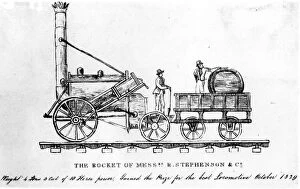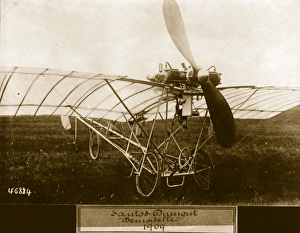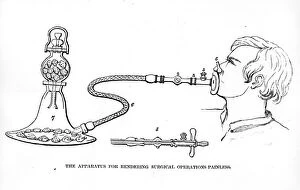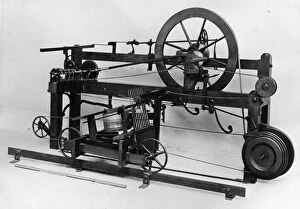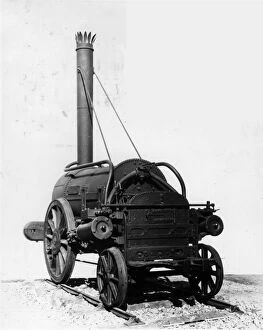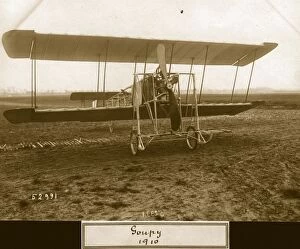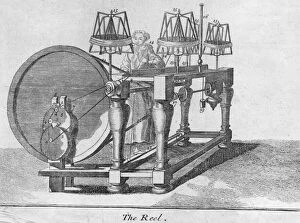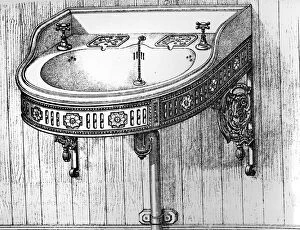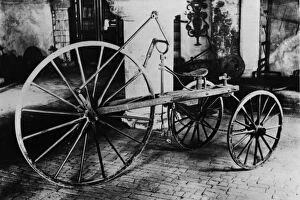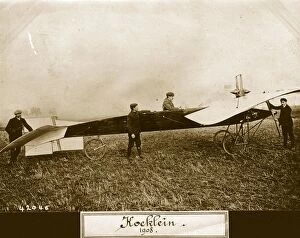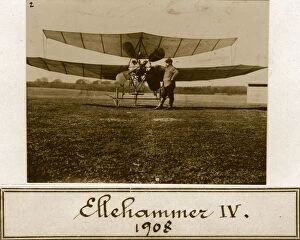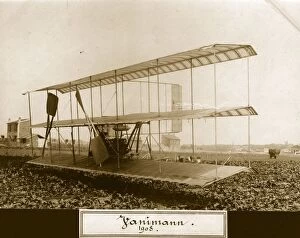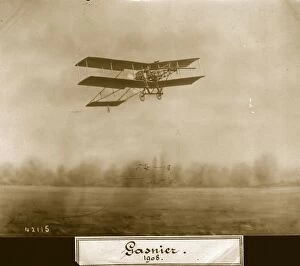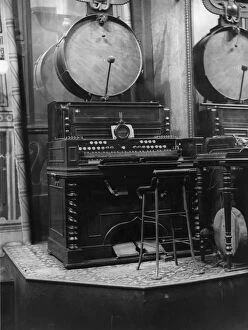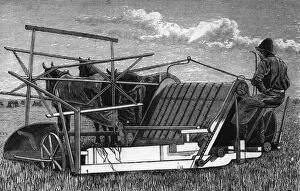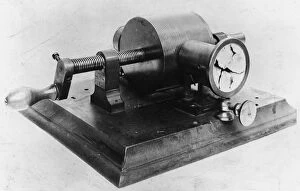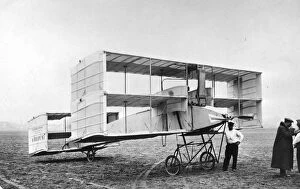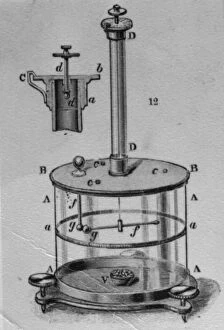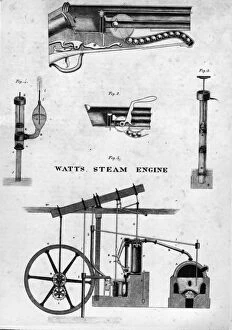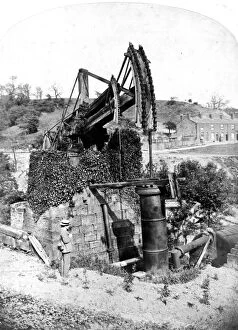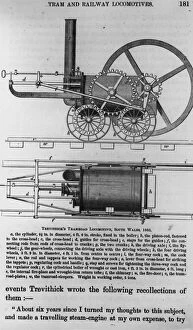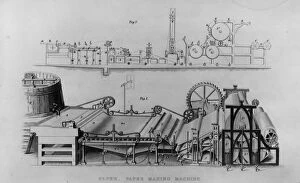Innovations H Collection
"Revolutionizing the World: Unveiling the Pioneering Innovations of the Past" Stephensons Rocket, Roshon Multiplane, Turbinia, Santos-Dumont
All Professionally Made to Order for Quick Shipping
"Revolutionizing the World: Unveiling the Pioneering Innovations of the Past" Stephensons Rocket, Roshon Multiplane, Turbinia, Santos-Dumont, Phantom Bike - these names may not ring a bell today, but they were once at the forefront of groundbreaking innovations that shaped our world. From transportation to machinery and even medical advancements, these inventions paved the way for progress. In the realm of transportation, Stephenson's Rocket was a game-changer. This steam locomotive marked a significant leap forward in railway technology during its time. Similarly, Turbinia revolutionized maritime travel with its powerful steam turbine engine. The Roshon Multiplane and Goupy II took flight as early aircraft prototypes that pushed boundaries in aviation history. Their designs laid foundations for future aerial exploration and inspired inventors like Santos-Dumont to dream bigger. Speaking of dreams turned reality, Santos-Dumont's contributions extended beyond aviation. His innovative approach also led him to create an early version of a wristwatch - an invention we now take for granted. Moving into industrial advancements, Cromptons Mule transformed textile production by mechanizing spinning processes. The Wool Machine further streamlined this industry by automating wool carding and combing techniques. On another front entirely is Faraday's Electromagnetic Apparatus which unlocked new possibilities in electrical engineering. This apparatus formed the basis for countless modern-day applications such as electric motors and generators. Not all innovations are tangible objects; some have intangible impacts on society too. Early anaesthetics brought relief to patients undergoing surgery while reducing pain levels significantly – forever changing medical practices worldwide. Last but not least is The Reel - an innovation that made cinema possible by introducing film projection systems. It allowed people to experience stories visually on screens across theaters globally – igniting imaginations everywhere. These remarkable inventions remind us that progress stems from bold ideas combined with relentless determination.

